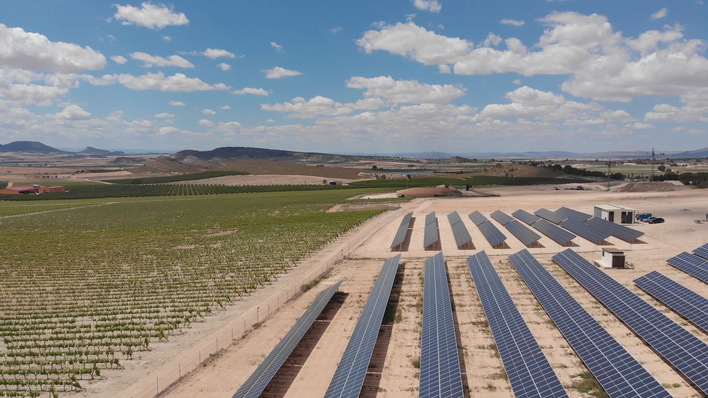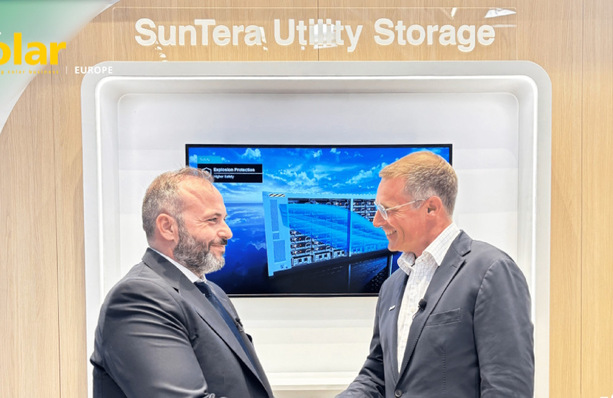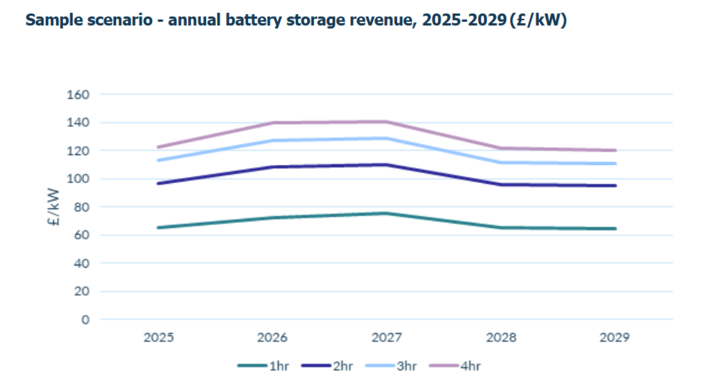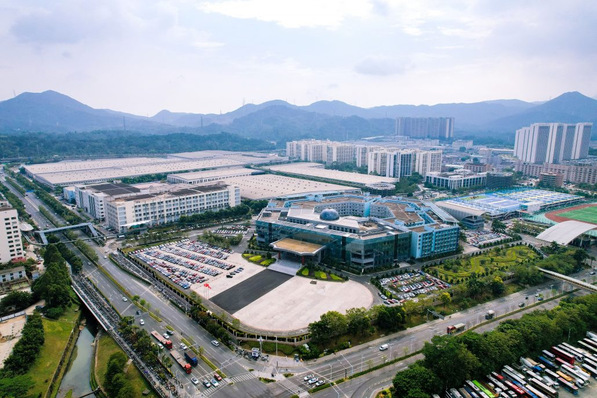Smart Carbon is a standard feature in Trojan Battery’s Industrial and Premium flooded battery lines, and are now available. Customers can contact their local Trojan Battery distributor or dealer for pricing in their area.
Smart Carbon is a proprietary Trojan formula which provides improved performance when the batteries operate in PSOC, enhancing overall battery life in off-grid and unstable grid applications where the batteries are under charged on a regular basis. Along with increased life in PSOC, Trojan’s Smart Carbon provides improved charge acceptance and faster recharge in PSOC applications.
Still the most expensive part of a clean energy system
With batteries now being one of the most expensive components of renewable energies, inverter backup and remote telecom systems, it is critical to maximize the life of the battery bank in order to reduce total cost of ownership. Trojan understands that batteries used in these systems are regularly cycled at PSOC due to the intermittency of solar generation, an unstable grid or to minimize operating costs of a hybrid Charge-Discharge-Cycle (CDC) system. Operating at PSOC can quickly diminish the overall life of a lead acid battery, which results in frequent and costly battery replacements.
Withstand harsh conditions
Trojan chose to add Smart Carbon first to its deep-cycle flooded batteries because flooded technology is the most widely used in off-grid and unstable grid applications globally due to its cycling performance, ability to withstand harsh conditions, widespread availability and economical price point. “Trojan’s engineering team has spent more than five years in research and development experimenting with many types of carbon to ensure the right formula to successfully address PSOC,” said Bryan Godber, senior vice president of global market development at Trojan Battery“. While most carbon additive research has focused on VRLA batteries for start-stop automotive applications, Trojan’s focus has been on the addition of carbon to deep-cycle flooded batteries for stationary applications in off-grid and unstable grid locations.” (HS)







